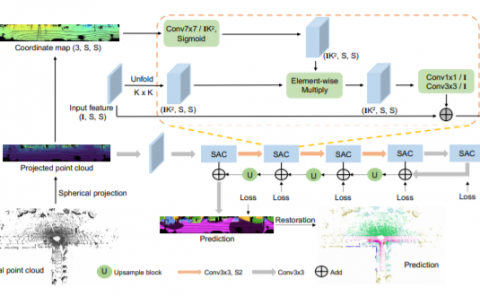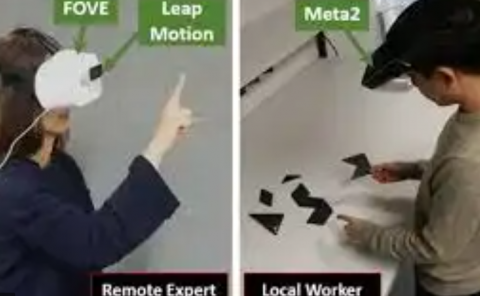Exploring Sonification Mapping Strategies for Spatial Auditory Guidance in Immersive Virtual Environments
PubDate: May 2022
Teams: Harbin Engineering Universit
Writers: Zihan Gao;Huiqiang Wang;Guangsheng Feng;Hongwu Lv

Abstract
Spatial auditory cues are important for many tasks in immersive virtual environments, especially guidance tasks. However, due to the limited fidelity of spatial sounds rendered by generic Head-Related Transfer Functions (HRTFs), sound localization usually has a limited accuracy, especially in elevation, which can potentially impact the effectiveness of auditory guidance. To address this issue, we explored whether integrating sonification with spatial audio can enhance the perceptions of auditory guidance cues so that user performance in auditory guidance tasks can be improved. Specifically, we investigated the effects of sonification mapping strategy using a controlled experiment which compared four elevation sonification mapping strategies: absolute elevation mapping, unsigned relative elevation mapping, signed relative elevation mapping, and binary relative elevation mapping. In addition, we also examined whether azimuth sonification mapping can further benefit the perception of spatial sounds. The results demonstrate that spatial auditory cues can be effectively enhanced by integrating elevation and azimuth sonification, where the accuracy and speed of guidance tasks can be significantly improved. In particular, the overall results suggest that binary relative elevation mapping is generally the most effective strategy among four elevation sonification mapping strategies, which indicates that auditory cues with clear directional information are key to efficient auditory guidance.


